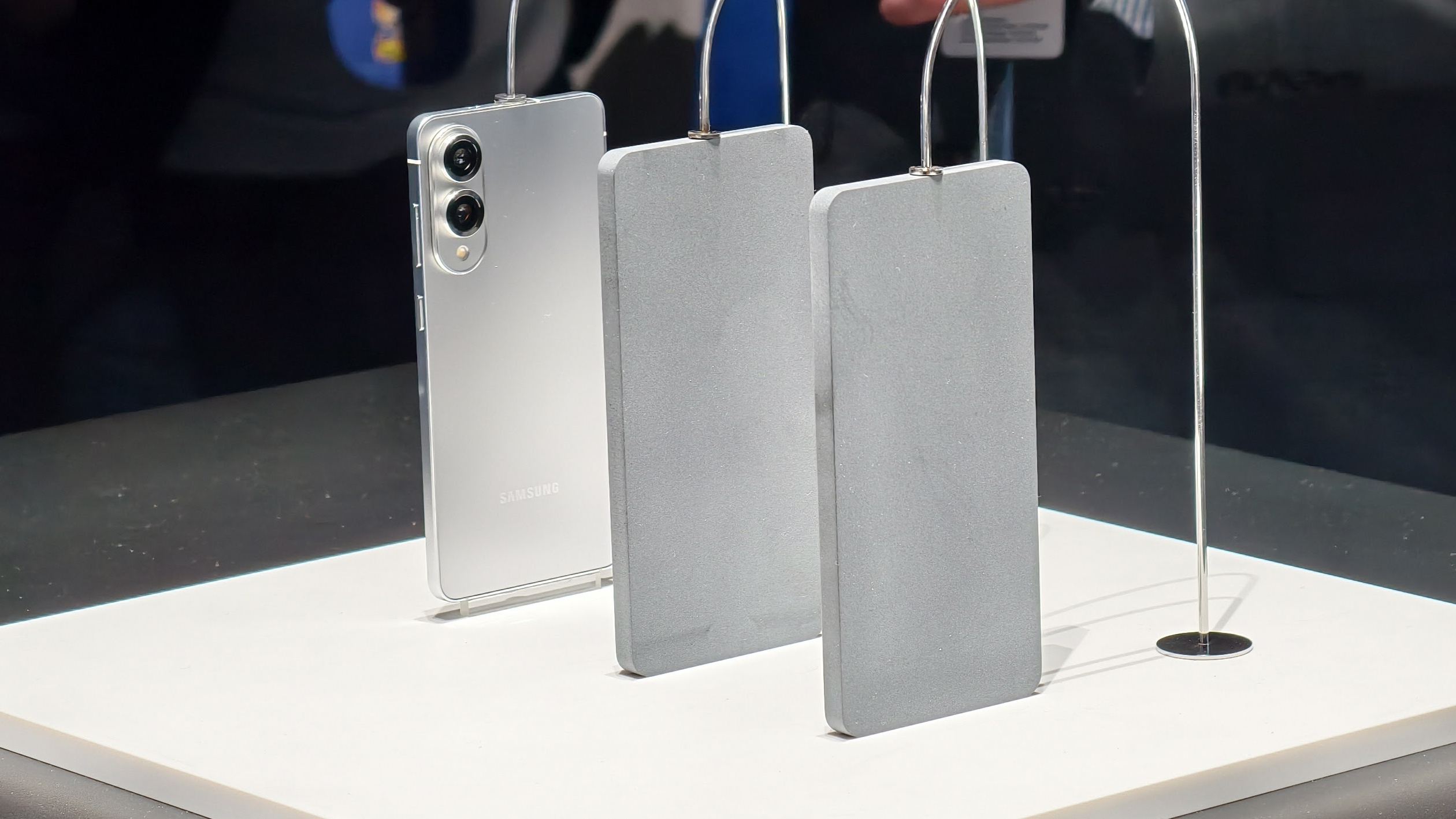

The wave of folding phones and their flip counterparts showed no sign of let up over the past few years. With each generation came slimmer designs, bigger screens and less noticeable creases down the centre. But in 2025 it seems something has changed.
Yes, I still very much expect that Samsung will launch its Galaxy Z Fold 7 and Flip 7 this summer. Plus, I’m sure we’ll see new versions of the OnePlus Open and the Motorola Razr before too long. The big news though, seems to be around models that neither flip nor fold.
In the last seconds of Samsung’s Unpacked event, which revealed the Galaxy S25 range, it teased another model – the Galaxy S25 Edge. While there were no explicit details on the additional model, it is significantly thinner than the S25 Ultra, though with a reduced feature set.
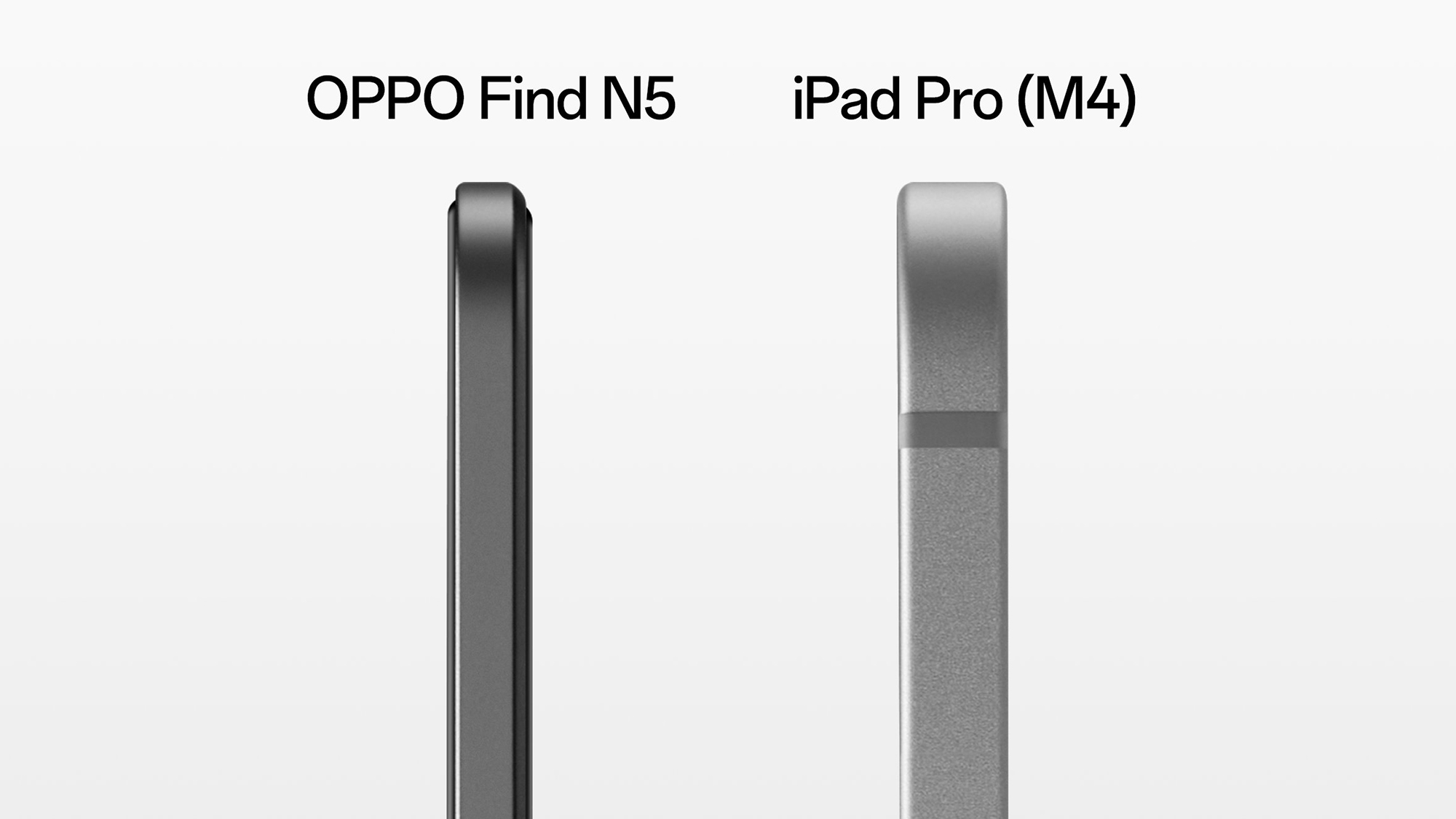
Samsung isn’t the only one looking to release thin models though. The Oppo Find N5 will be the company’s thinnest foldable model to date, with the depth of the USB-C port being the limit of how thin this can go.
There’s even a rumour that Apple could release an Air model as part of its iPhone 17 range. Like the MacBook Air and iPad Air, this too would likely be a super slim and lightweight addition to the range. It would offer premium users the choice between the ultimate feature set, and the thinnest and lightest build.
Do we really need phones that are thinner and lighter though? I’ve tried most of the latest flagship handsets from Apple, Samsung, Xiaomi and Honor, and none of them strike me as being particularly chunky. All will slide into a trouser or jacket pocket and do little to affect the fit – unless you wear really skinny jeans.
Granted, if you put a cover on your phone they do become a little meatier. It’s amazing how even the apparent thinnest of cases can suddenly make your phone feel completely different. But still, it’s not like fitting a Nokia 5110 in your pocket, I can tell you – there was a reason that phone came with a belt clip.
Sign up to the T3 newsletter for smarter living straight to your inbox
Get all the latest news, reviews, deals and buying guides on gorgeous tech, home and active products from the T3 experts
Fold and flip phones make sense as a concept because they provide a greater screen size than the folded handset would normally allow, maximising real estate when minimising pocket space. But will these thinner flagship smartphones really offer more of anything?
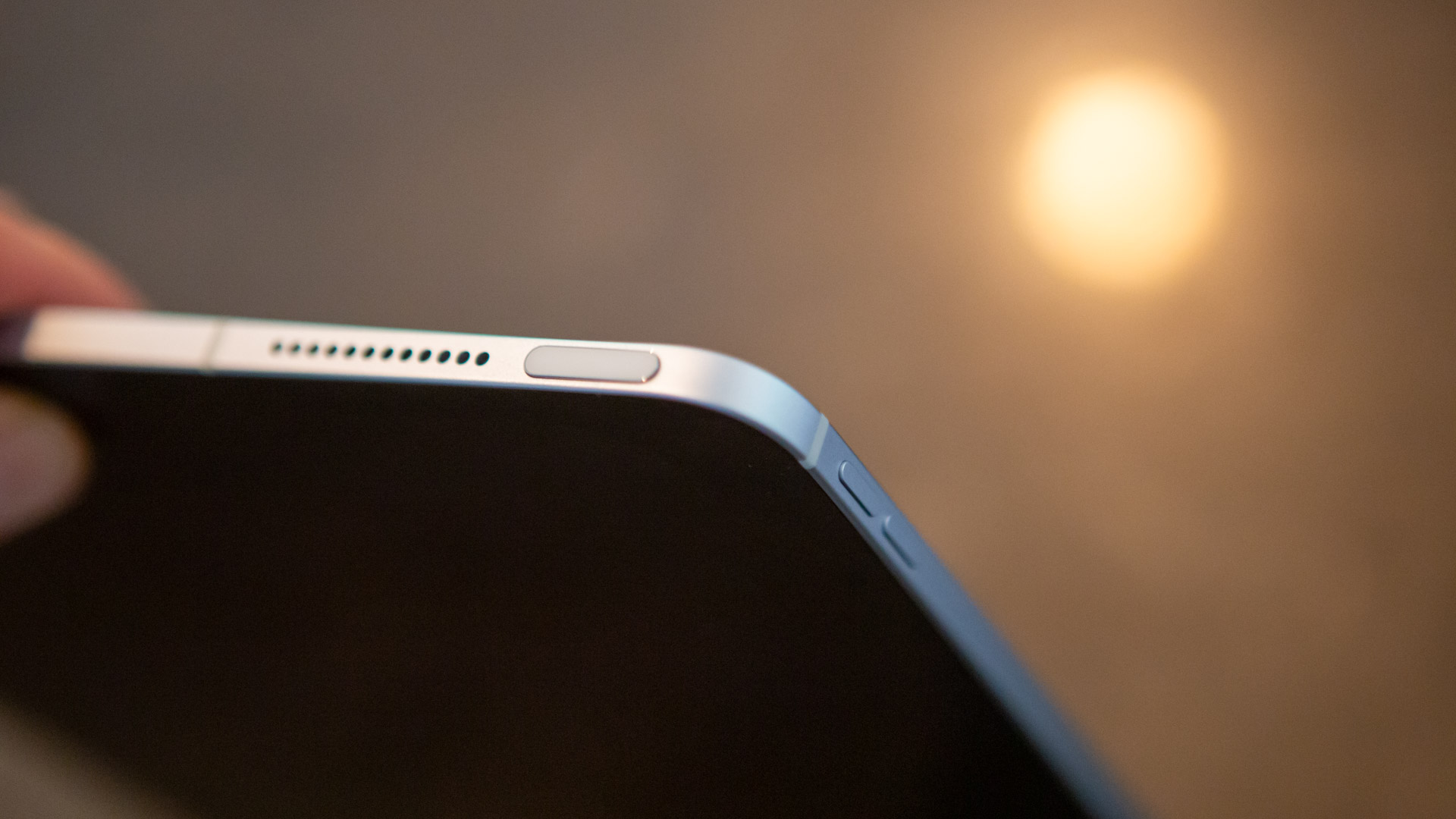
Apple iPad Air M2 is pretty slim
You could argue that the MacBook Air isn’t that much thinner and lighter than the MacBook Pro. And the iPad Air isn’t that much thinner than the iPad Pro. But in these cases, it also differs enough in price and spec to make it unique. Will an iPhone 17 Air be considerably cheaper than an iPhone 17 Pro, while being better specced than an iPhone 17? Maybe it will, but it feels a tougher sell.
Not to sound like a broken record, but I’d much rather have a smaller version of the Pro than a thinner and lighter one – an iPhone Mini Pro, if you will. As it’s the height and width of the phone that takes up the bulk of my pocket, not the thickness. It’s why I think the various flip phones, including the Samsung Galaxy Z Flip 6 and the new Motorola Razr are some of the most appealing models on the market right now.
Maybe these thinner handsets are just a gateway to a new even thinner generation of flip phones – much like the Oppo Find N5 promises with the fold models. If that’s the case, I’m holding out for an iPhone flip that offers a 6.3-inch display that gets lost in my pocket.
As T3's Editor-in-Chief, Mat Gallagher has his finger on the pulse for the latest advances in technology. He has written about technology since 2003 and after stints in Beijing, Hong Kong and Chicago is now based in the UK. He’s a true lover of gadgets, but especially anything that involves cameras, Apple, electric cars, musical instruments or travel.
-
 This is the sound of BMW's upcoming Neue Klasse EVs
This is the sound of BMW's upcoming Neue Klasse EVsHas BMW cracked the problem of making EVs sound fun with its next-gen soundscape for its Neue Klasse cars
By Alistair Charlton
-
 Build unshakeable core strength with a kettlebell and these three exercises
Build unshakeable core strength with a kettlebell and these three exercisesAdd this to the end of your workout to fire up your midsection muscles
By Bryony Firth-Bernard
-
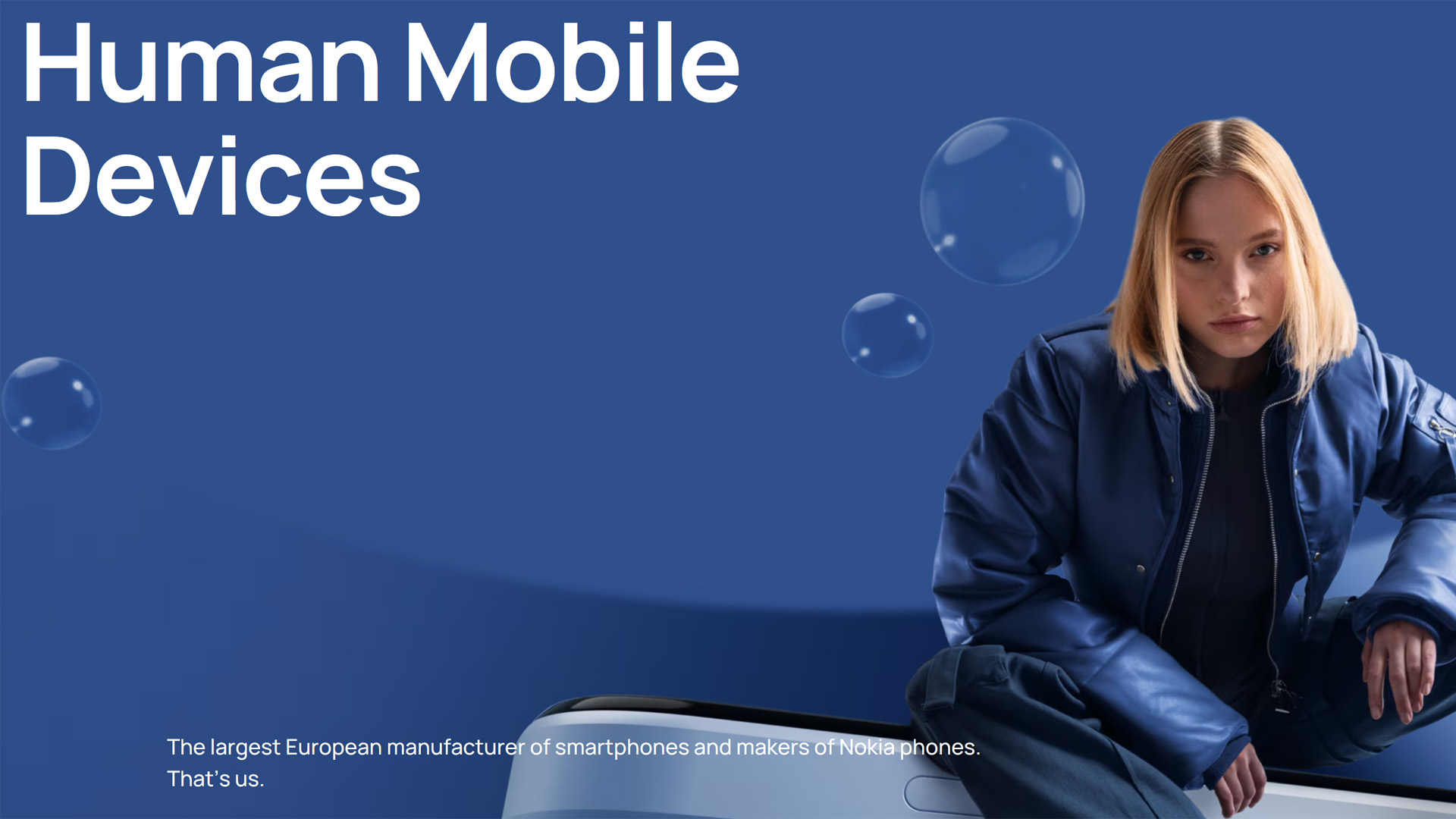 We might already have seen our last ever Nokia phone
We might already have seen our last ever Nokia phoneNokia's 42-year run in mobile phones might now be over
By Max Freeman-Mills
-
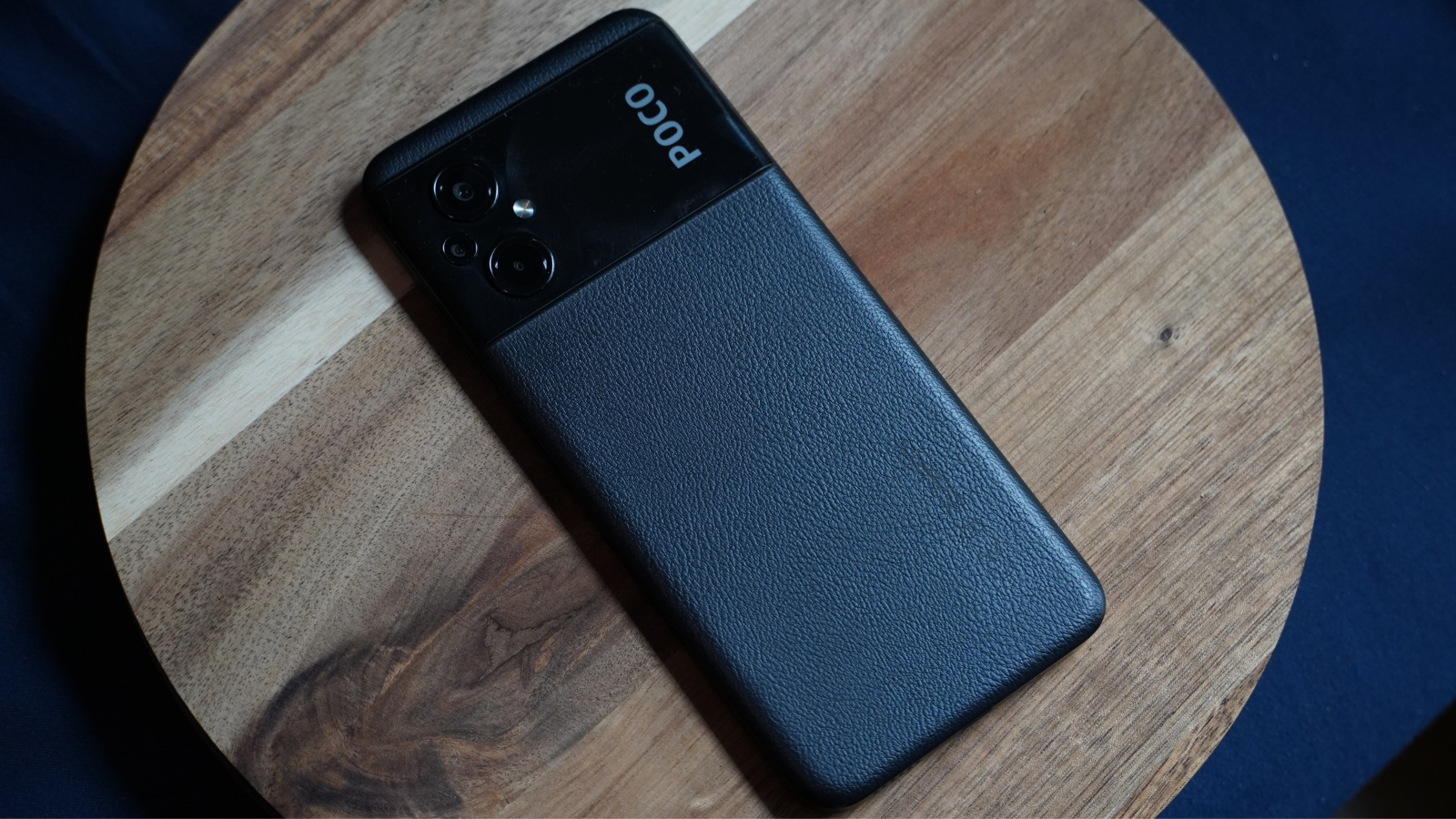 Poco M5 smartphone review: when budget cuts go a little too far
Poco M5 smartphone review: when budget cuts go a little too farA serviceable device that’s difficult to recommend given other impressive options in the budget smartphone market
By Mark Knapp
-
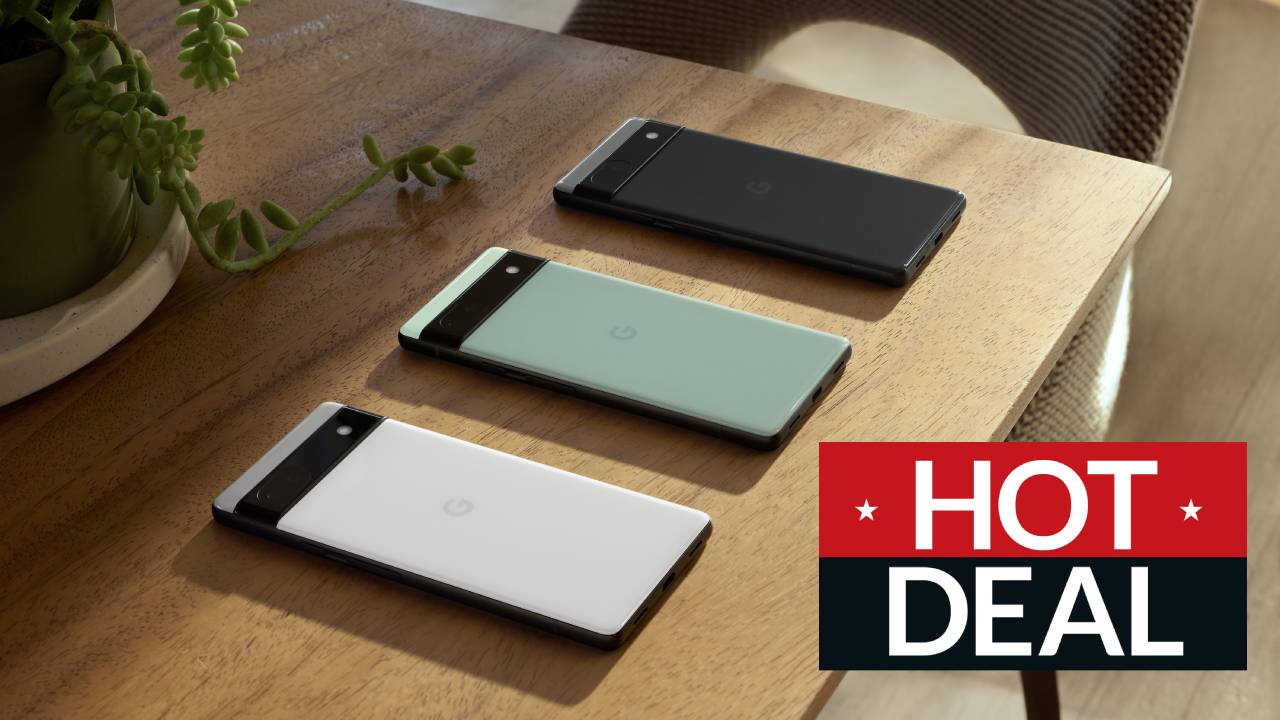 This free Google Pixel 6a deal at Verizon is a money saving no brainer
This free Google Pixel 6a deal at Verizon is a money saving no brainerNew lines get the Google Pixel 6a free from Verizon
By Troy Fleming
-
 O2 now lets you swap your phone as often as you like
O2 now lets you swap your phone as often as you likeWhile most phone contracts tie you in for two years or more, O2 Switch Up lets you swap and change a lot more regularly
By Mat Gallagher
-
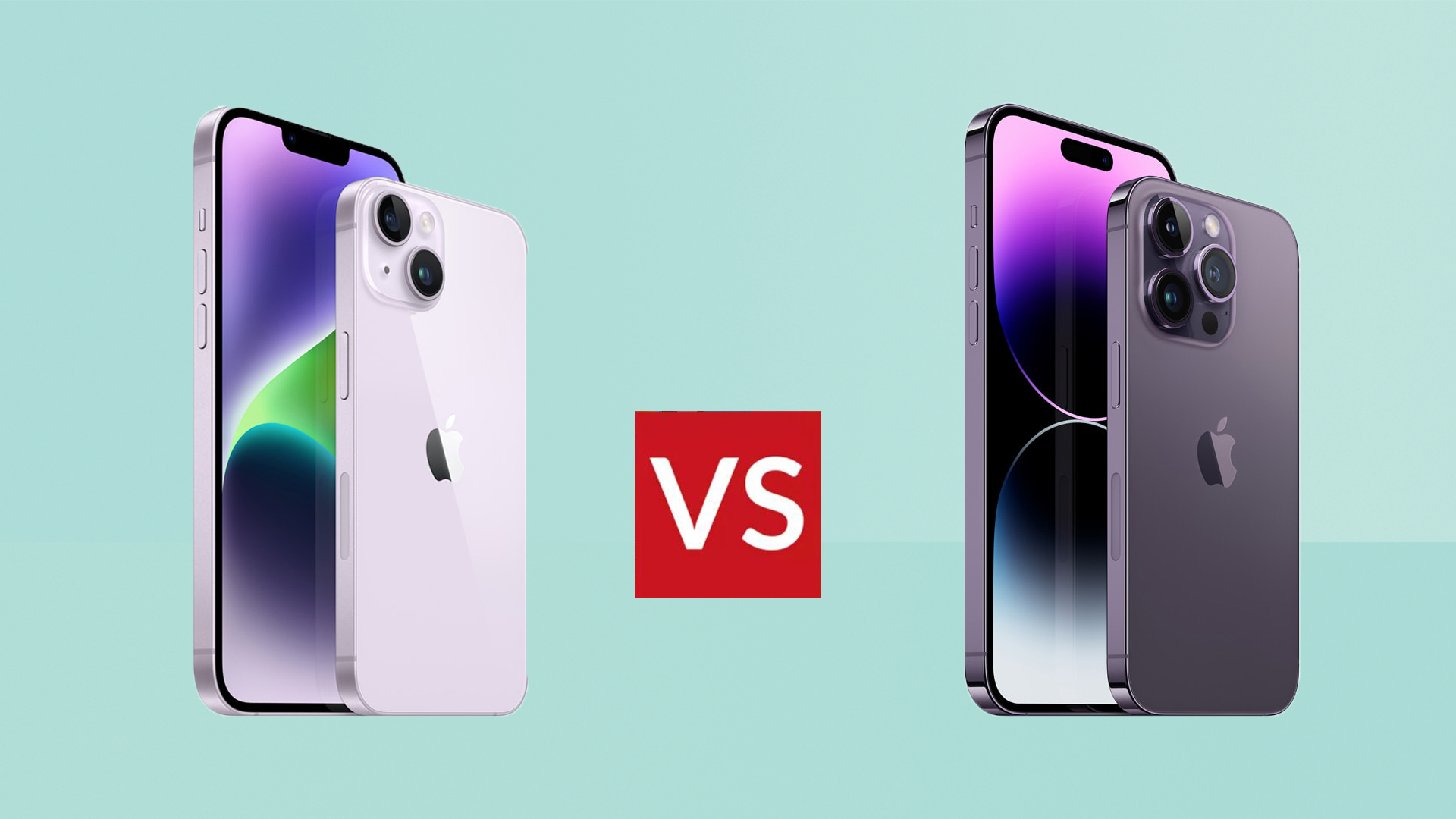 iPhone 14 Plus vs iPhone 14 Pro Max: comparing Apple's 6.7-inch smartphones
iPhone 14 Plus vs iPhone 14 Pro Max: comparing Apple's 6.7-inch smartphonesTwo new iPhones with a big screen, but what's different about them
By Yasmine Crossland
-
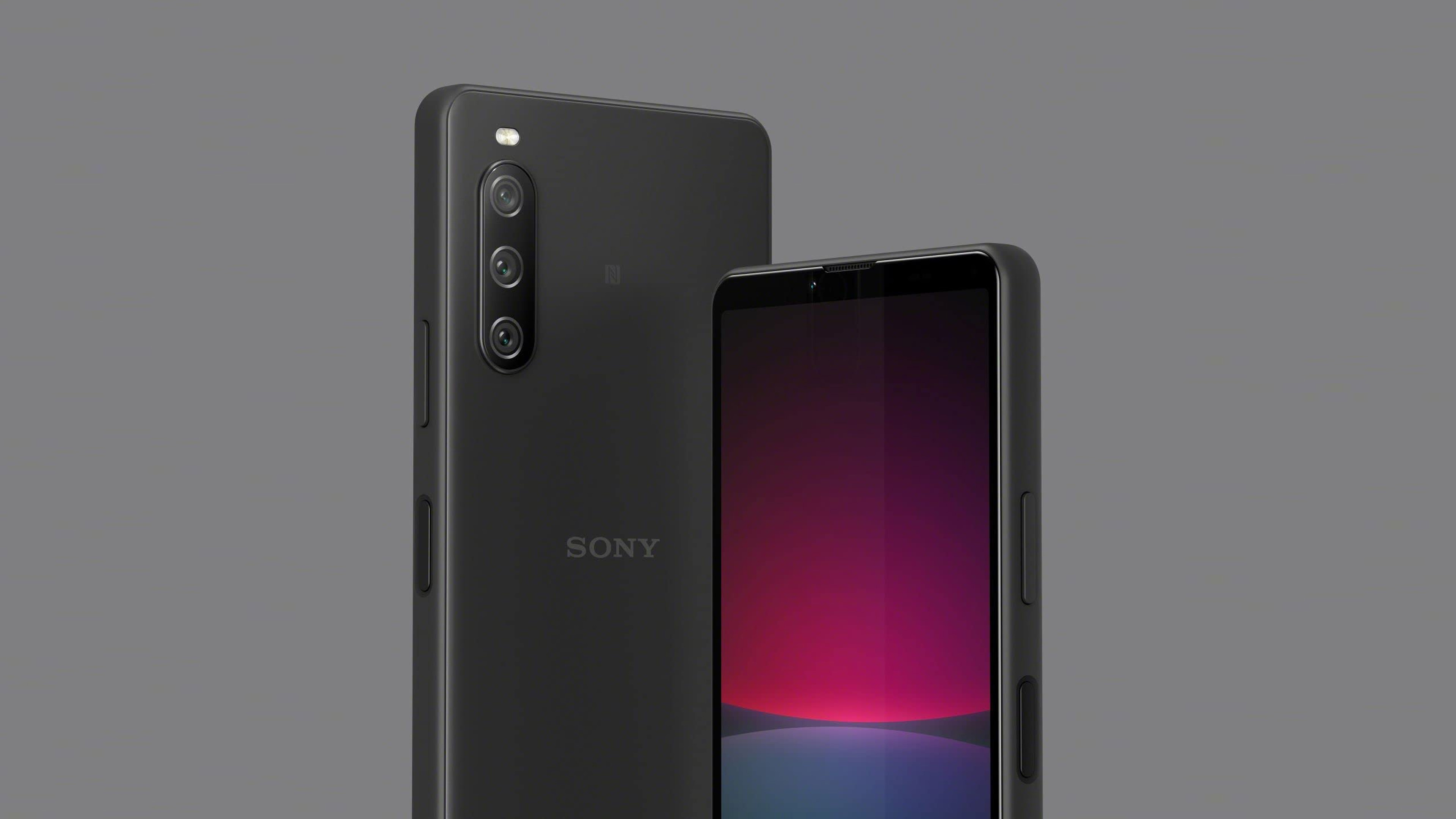 Sony Xperia 10 IV review: Bossing battery life, but little else
Sony Xperia 10 IV review: Bossing battery life, but little elseA small and affordable Android phone with killer battery life, but underwhelming spec at this price point
By Andrew Williams
-
 Nokia's iconic Charlie's Angels phone is back, and it's not just for all the honeys making money
Nokia's iconic Charlie's Angels phone is back, and it's not just for all the honeys making moneyRemember when phones were fun and everything wasn't awful? Nokia wants to take you back there and I'm so ready for it
By Carrie Marshall
-
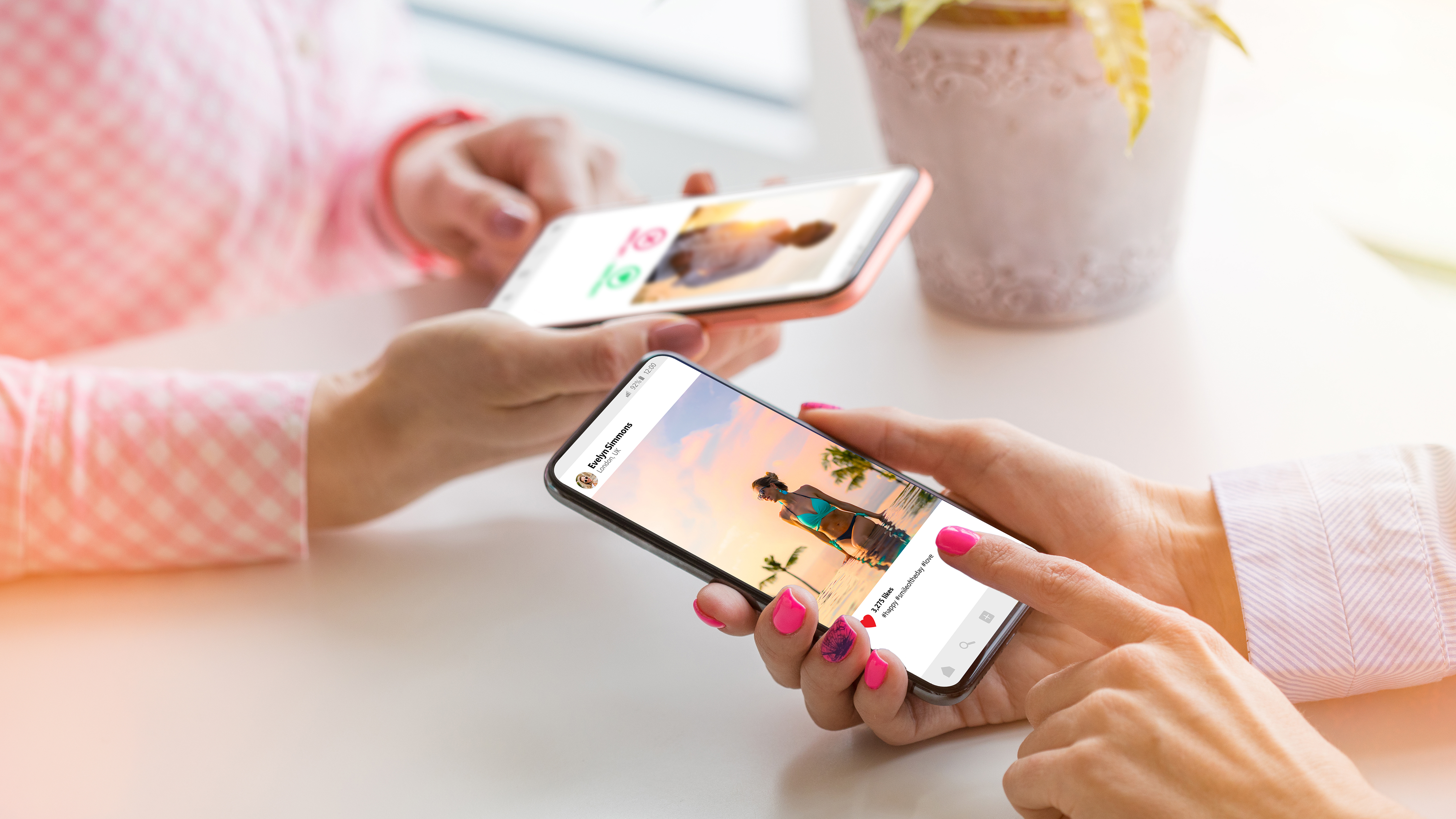 Instagram’s new interface is so bad I’m agreeing with a Kardashian
Instagram’s new interface is so bad I’m agreeing with a KardashianMeta's battle against TikTok runs the risk of ruining one of the best social media apps
By Carrie Marshall